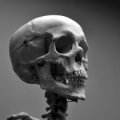

 104w
104w

 109w
109w

 108w
108w






 105w
105w


 105w
105w

 105w
105w



















